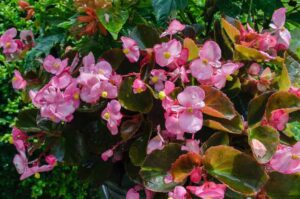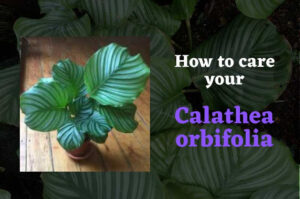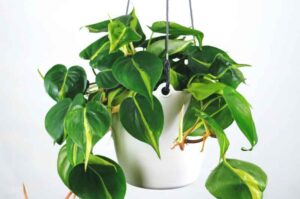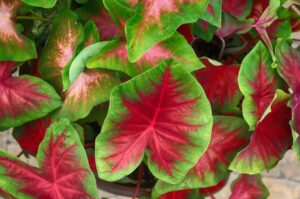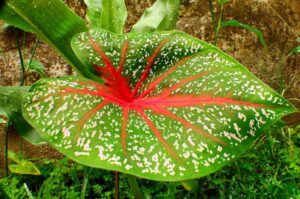A complete care guide on Monstera borsigiana
Monstera borsigiana
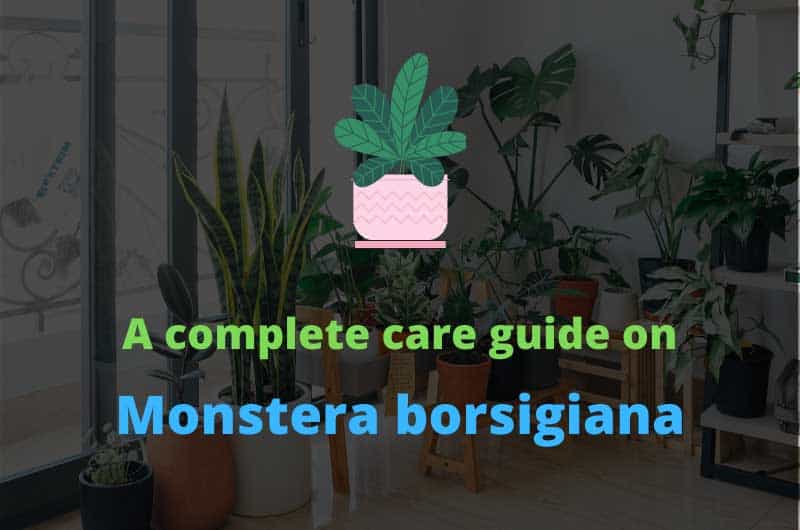
The deep green fenestrated leaves of Monstera borsigiana always make it a super beautiful plant to add in your indoor plant collections. The big leaves are dark green, shiny, and fenestrated. It is always a pleasure to be with this plant.
As a tropical plant native from the tropical forests of South Mexico, it is very much easy to grow indoors. It is an ideal plant for beginners, as well as for the experienced plant growers also.
There is a lot of confusion about the plant. It is often confused with Monstera deliciosa.
Monstera borsigiana vs Monstera deliciosa
Monstera borsigiana is often confused as Monstera deliciosa, as they are very much similar in their appearance. The Monstera borsigiana plant looks exactly the same as the Monstera deliciosa plant except for a few differences.
The leaves of Monstera deliciosa is often described as much bigger as compared to the Monstera borsigiana plant.
Although both are climbers, the Monstera borsigiana plant looks like a climbing vine with taller and faster growth. Because the gap between the nodes in this plant is longer. Whereas the Monstera deliciosa grow in multiple directions, with a sprawling growth habit. Even if it is a climber, it doesn’t look so.
Also, some sources say that in Monstera deliciosa there are ruffles on the stem where it meets the leaf.
Some people say that the Monstera borsigiana is a variety of the species Monstera deliciosa, some say it a subspecies, and many people also consider it as a different species, then the Monstera deliciosa, under the genus Monstera.
I personally didn’t found any genuine information about the genetic hierarchy of this plant, hence I can’t comment on that.
But, hey, both are superb looking plants, whichever you own, you will be pleased to be with them.
Monstera borsigiana in a nutshell
- Origin- Tropical forests of South Mexico
- Plant type- Tropical climbing vine. Can be grown indoor.
- Special features- The plant is grown for its attractive fenestrated foliage.
- Light requirement- Medium to bright indirect light is ideal for this plant.
- Soil requirement- The plant will grow at a faster rate in well-drained fertile soil.
- Humidity- Monstera borsigiana shines in a moist humid place.
- Temperature- Ideal temperature for this plant is around 60 to 85 degrees Fahrenheit.
- Water requirement- The plant loves to be in moist soil, but it should not be overwatered.
- Fertilizer- A balanced liquid fertilizer will enough to feed the plant.
- Propagation- Plant is propagated using stem cuttings.
- Toxicity- Plant is toxic in nature.
Complete care guide to Monstera borsigiana
Here is a complete care guide to grow a healthy Monstera borsigiana plant.
Light requirement
Monstera borsigiana is a plant native to the tropical forests. It generally grows beneath the big trees, under their shade, and gets filtered sunlight.
So to mimic their natural environment, you have to provide a medium to bright filtered sunlight. If this plant gets low light, then it will not shows its fenestration.
If it is exposed to bright indirect sunlight for a longer period of time, then there are chances of sunburn.
So you have to carefully choose the right place for this plant, where it can get medium to bright indirect sunlight.
An east-facing window or a south-facing window is ideal for such conditions.
If your plant is getting too much direct light, then you can add a curtain to filter the light.
Soil requirement
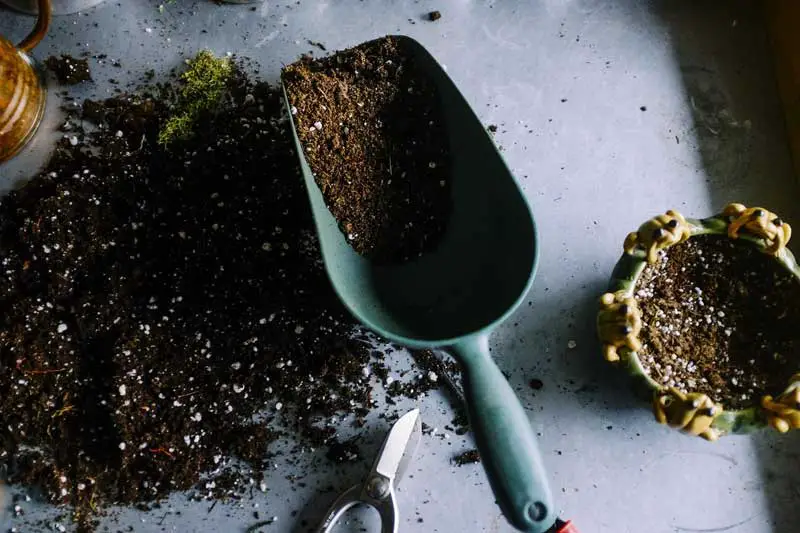
The Monstera borsigiana plant loves to sit in well-drained fertile soil. If the soil is not draining properly, then you may end up rotting the plant roots.
The plant is susceptible to root rot. Hence you have to take special care of this. You can add some amount of perlite to improve the porosity of your soil
Here is our detailed article about How to make perfect potting soil for indoor plants.
It is always advisable to add some organic fertilizer or compost to the soil. It will help to improve the fertility status of the soil.
Humidity
Like other tropical plants, the Monstera borsigiana also loves to grow in a moist and humid environment. Higher humidity levels greater than 60% helps the plant to keep fresh and hydrated.
Also if you are keeping your plant in a humid environment, you have to water it less frequently.
Temperature
This plant loves normal room temperature. The ideal temperature is around 60 to 85 degrees Fahrenheit (15 to 29 degrees Celcius).
The plant is susceptible to chilling injuries at lower temperatures. Temperature below 10 degrees Celcius is harmful to the plant.
During the winters, the Monstera borsigiana plant will stop its growth, and when summer arrives, it again resumes.
Water requirement for Monstera borsigiana–
As discussed earlier, the Monstera borsigiana loves to keep its feet in moist soil, but the soil should not be oversaturated or over-watered.
Waterlogging condition for a long period of time can rot the roots of the plant. It is an unwanted situation for both you and your plant.
Hence take care of the watering schedule. Apply water only when the top two-inch layer of the soil is dry.
Also, make a proper well-draining potting soil.
Fertilizer
There is no special need for any specified nutrients, but a balanced liquid fertilizer available in the local garden centers will do the job for you. It is more than sufficient to feed your plant.
You can also add some compost or worm cast to improve the physical property of the soil.
Propagation
The plant can be propagated successfully using stem cutting.
Here is a step by step guide.
- Cut a stem from the parent plant using a sterilized knife, just below a node.
- The cutting should contain at least one to two leaves and one or a few nodes.
- Then keep the cutting inside a jar of water.
- The stem should be kept inside the water, and the leaves should left freely above.
- After a few days, the plant will start developing roots.
- Then plant the rooted cutting in a new pot with fresh potting mix.
- Take proper care of the newly developed plant, and it will start its growth soon.
Here your Monstera borsigiana plant is successfully propagated.
Toxicity
All species of Monstera are toxic. So is the Monstera borsigiana. It contains Calcium oxalate crystals in its cell sap, hence it is toxic in nature.
If ingested accidentally, it will cause irritation in the mouth, tongue, and many other problems in the digestive tract. Keep this away from children and pet.
Pest and Diseases
Monstera borsigiana plant is not really susceptible to any pest seriously, however, you might get some common houseplant insect on your plant, like the whiteflies, the aphids and the mealybugs, etc.
They will decrease the aesthetic appearance of the shiny leaves.
To control these pests, you can spray neem oil or any commercially available insecticide. They all are effective.
But the plant is susceptible to few diseases such as
Root rot
If there will be waterlogging condition remained for a long period of time, your plant roots are surely going to be rot.
To prevent these you have to avoid the waterlogging condition in the potting soil. You can do this either by improving the drainage property of your potting mix or by revising your water schedule.
Leaf burning
Leaves of the Monstera borsigiana plant will burn if it is exposed to direct sunlight for a real long period of time.
To prevent this, you have to shift the plant to a place where it gets a proper medium to bright indirect sunlight.
Conclusion
The Monstera borsigiana is fairly easy to grow and maintain indoor plant, best for beginners, and also for experienced plant enthusiasts. Its big leaves along with a unique appearance add a lot of super-rich experience to the plant owner.
Grow the plant and let us know your experience in the comment below.
HAPPY GARDENING.

